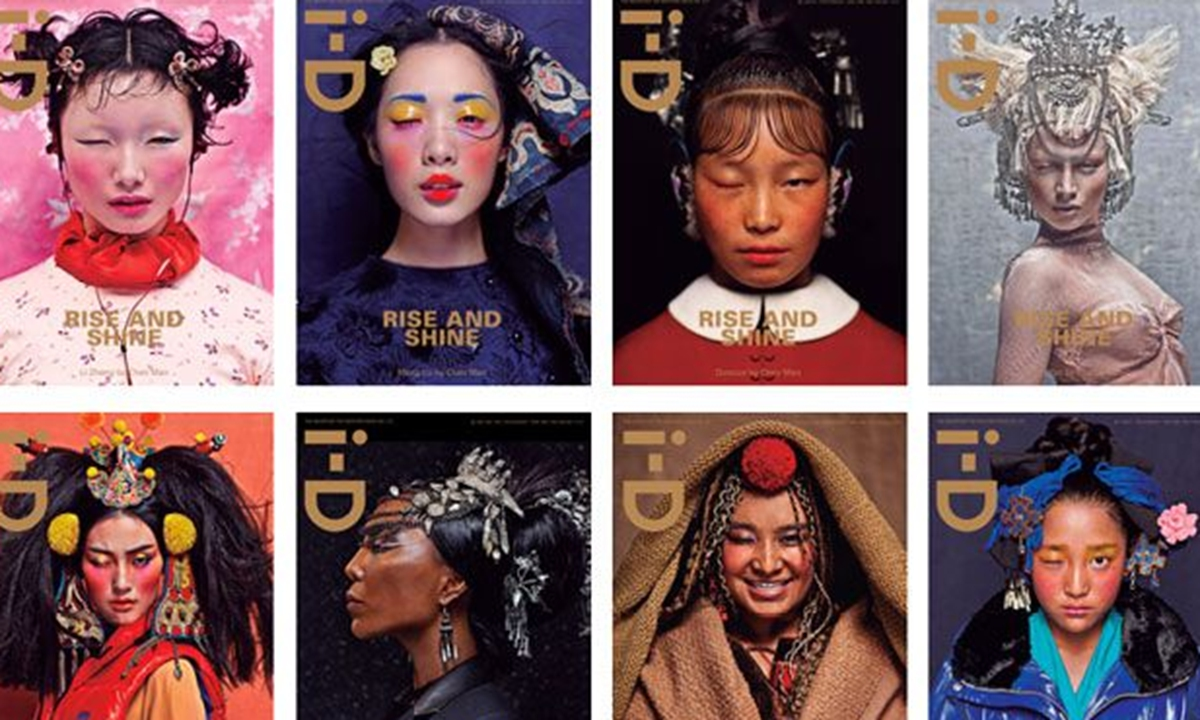
French Fashion Brand Dior under Fire in China over Controversial Poster
Want to read in a language you're more familiar with?
Once again, foreign fashion brands have drawn ire in China, the second-largest luxury goods market in the world. This time it is French fashion powerhouse Dior that is the target of popular backlash.
Once again, foreign fashion brands have drawn ire in China, the second-largest luxury goods market in the world. This time it is French fashion powerhouse Dior that is the target of popular backlash. At its ongoing exhibition in Shanghai, a poster featuring an Asian woman with spooky eyes, gloomy face, and Qing Dynasty-style nail protectors, holds Dior's well-known handbag, Lady Dior. It is this image that has sparked debate in China.
Both Chinese social media users and state media have slammed the poster for distorting the image of Chinese women as the slanted eyes are considered a racist gesture mocking Asian people. China Women's News, a newspaper run by the semi-government body All-China Women's Federation, published an editorial that denounced Dior as "having gone too far."
The article explains that "[t]he poster shows a foreign brand's pride and prejudice in their aesthetics and culture, and it reflects their intention to smear the image of Asian women and Asian culture." Other state media, such as Beijing Daily, Global Times, Shanghai Daily, have also voiced their opposition to the advertisement.
Since the poster was released, "Dior poster being accused of smearing Asian descendants" was in the top ranks of search lists on Weibo, the Chinese Twitter, and racked up hundreds of millions of views. Netizens, primarily female, angrily responded to Dior's representation of them in the poster.
"As a Chinese woman, I feel strongly offended," wrote one netizen. "Such ghost-like make-up doesn't represent Chinese-style of beauty. If Dior regarded it as beauty, they should apply it to all of its models, not just Asians."
"Art should be close to life, but not to hell," another netizen commented under the related hashtag, ridiculing the eerie and creepy atmosphere the poster created.

The photographer of this poster, Chen Man, China's Annie Leibovitz in fashion photography, has not been spared the barrage of criticism as netizens found out her previous work for the iconic British fashion magazine i-D shared the same style - a girl with squinted and narrowed eyes and freckles. These traits are the typical stereotype of westerners' perceptions of Asian women. Global Times, a state-controlled tabloid, accused Chen of "kissing up the western world."
Dior has since removed the controversial posts from its official accounts. Eleven days after the public first saw the controversial poster, Chen released a statement on her Weibo account, apologizing for her “ignorance and inconsideration” in the past. About twenty minutes after Chen’s apology, Dior also published a statement, saying that the controversial poster was not a commercial ad for the brand and the company had removed all related content from both online and offline platforms.
However, the belated apology hasn't appeased the public. Some netizens have pointed out that Chen only apologized for a series of works titled Young Pioneer created in 2008 and did not say anything about the Dior poster that sparked a furor.
“Their apologies are too late. They did it just because the boycott has dealt a blow to their business,” one netizen commented. Chen and Dior’s statement also happened on the same day that China’s top internet regulator issued its latest regulation on the entertainment industry.
Dior is not the first and probably won't be the last foreign fashion brand triggering controversy in China due to their stereotypes against Chinese people and their culture. In 2018, the Italian luxury fashion house Dolce & Gabbana infuriated Chinese people after it released a controversial video. The video features a Chinese model struggling to eat Italian food with chopsticks with a condescending and patronizing voiceover. The two founders of the brand apologized after the shares of Dolce & Gabbana spiralled downward for days in China.
SEE ALSO: China’s Fashion Unicorn Shein Accused of Copyright Infringement
China has gradually become one of the most critical markets for luxury brands. In 2020 when the market for personal luxury goods contracted for the first time since 2009, the Chinese luxury market countered the headwind, growing by 48 percent despite the COVID-19 pandemic. As China is on track to become the largest luxury market in the world, how to cater Chinese customers in a respective way has become a hang up for western fashion powerhouses. Relying on antiquated stereotypes appears to be a bad choice.





